
Has this ever happened to you?
1. Your first move: Set realistic expectations for what running will actually be like.
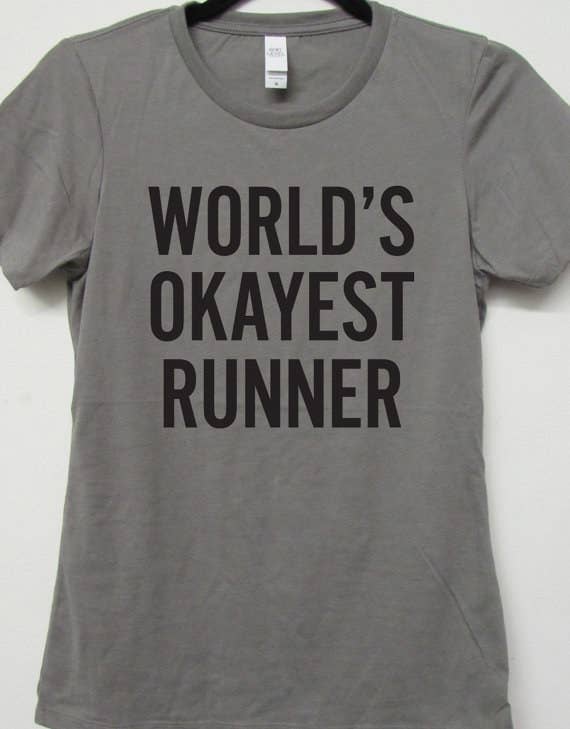
2. Invest in high-quality running sneakers.
3. Absolute beginners should start with lots of walking.
4. But if you have some background in a cardio activity, you can start with something a bit more challenging.
5. Do not go hard or go home.
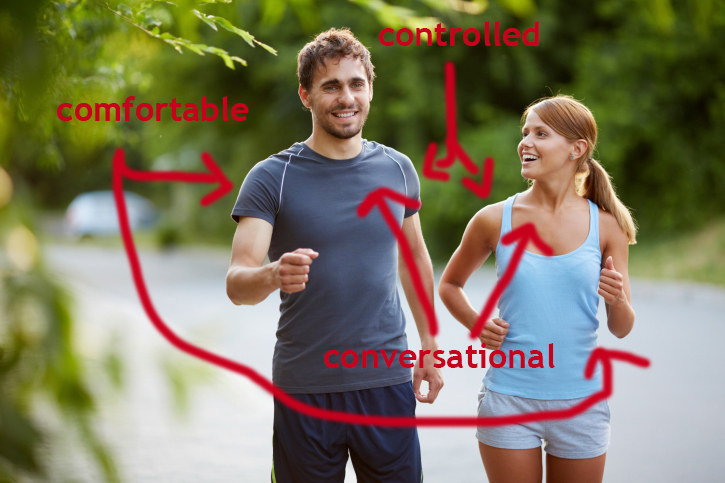
6. And don't stretch before you run.

7. But definitely warm up with about five minutes of bodyweight movements.
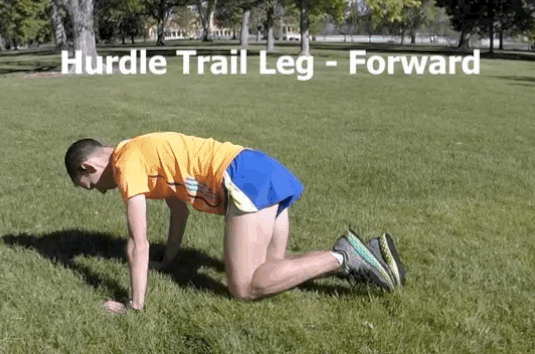

Though static stretching is a no-no, your run will feel a lot better if you warm up beforehand. Fitzgerald's three-minute dynamic warm-up will "prepare you for your run by lubricating joints, increasing heart rate, warming the muscles, opening capillaries, and getting the central nervous system primed for running." It will also reduce your risk of injury, Fitzgerald says. The movements require only your body's weight and can be done pretty much anywhere. If the ground is wet and you can't warm up indoors, you can just skip the first few moves of the warm-up (they're the only ones that require you to touch the ground).
Watch the full video with all the moves here.
8. Plan to run two or three days per week.
9. Take a rest day between running days.
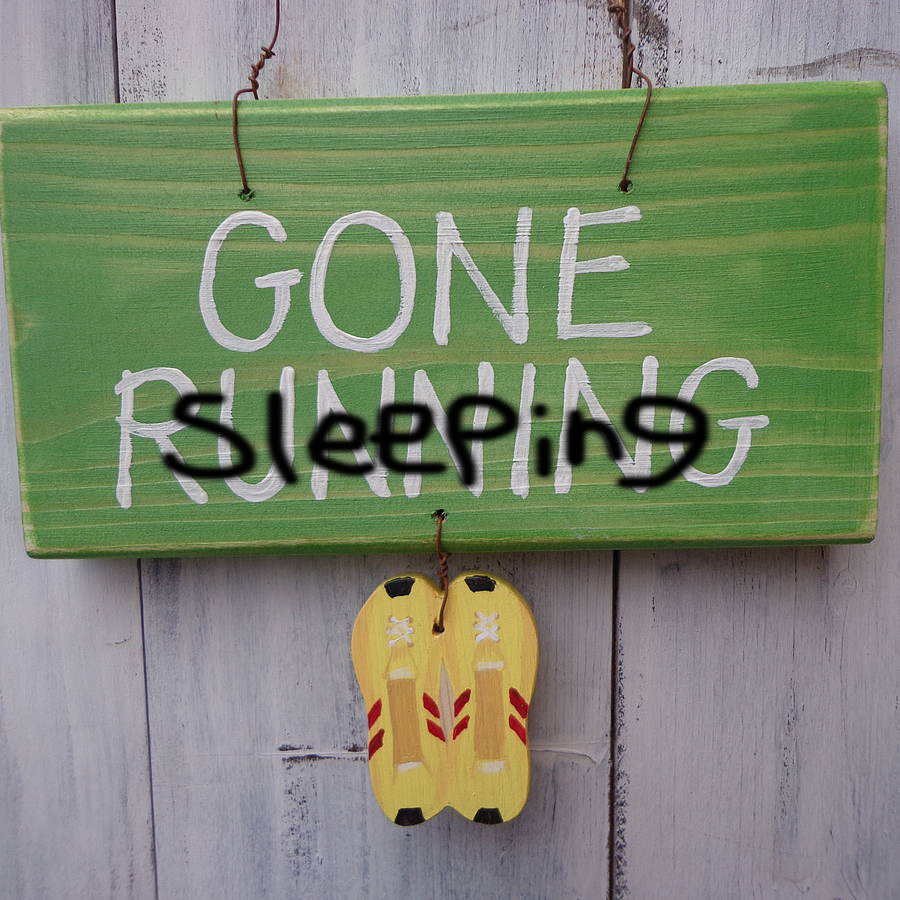
10. Stick to one longer run per week, and add a mile to it every two weeks or so.
11. Mix in at least a little bit of strength training.
12. After you've run three or four times, start adding strides to the end of your runs.
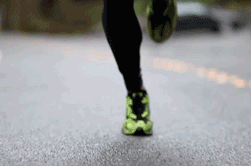

Strides are 100-meter accelerations that take about 20 to 30 seconds each. Here's how you do one: Start out jogging, increase your pace until you reach about 95% of your max speed, and then gradually slow to a stop. Rest for 45 seconds to 90 seconds between each stride. Start with four strides in a row (with rest) and do them after easy runs up to three times per week. After three or four weeks of doing strides consistently, you can do six strides at a time.
As Fitzgerald explains strides are great for loosening up after a long run or preparing to race. But they're also a great way for beginners to become more efficient runners, to run faster with less effort, and to transition to doing some faster workouts. You can read lots more about them here.
13. Once you've mastered strides, add a speed workout into your schedule.
14. Don't worry too much about speed or distance, just focus on being consistent.
15. Use an app to note your progress/brag about your greatness.
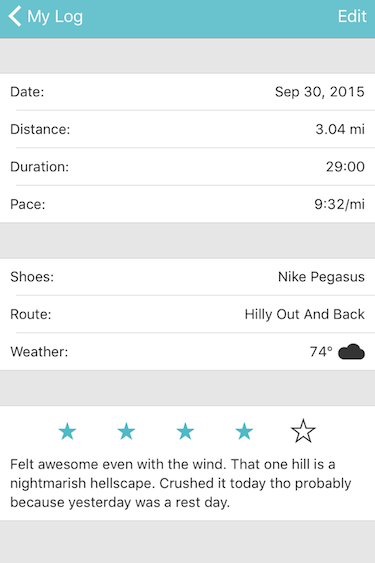

After each run, note the distance and time, how you were feeling (physically and mentally if you want!), what the weather was like, and anything else relevant about the route. This will not only let you look back and see how far you've come (which will motivate you to keep going), it will also help you note any patterns, like that you get pretty sore after you run hills or that the windier it is the more you hate your life or that you have a lot more fun when you run in the morning, etc. All of this data will help you get to know your running style better.
An app like LogMyRun prompts you to enter data about your run, automatically uploads the weather wherever you are, and provides a notes field to add anything relevant.
16. If you're running to lose weight, keep in mind that your calorie-burning potential will change over time.
17. Set small winnable goals. (Eyes off the big prize.)
"The big goals are important but they can sometimes make you feel like you'll never get there and it's pointless to try," Fitzgerald writes. That's why he believes that small wins are crucial to developing a running habit you actually want to stick with.
For instance, a small win Fitzgerald recommends might be finishing a run at a faster pace than what you started at. Or it might be making yourself go out for just a 10-minute run on a day when you were going to otherwise skip your workout. It’s just downright fun to set and crush bite-size goals. Plus it’ll make you feel more confident, which will keep you running and running.
Thumb and social image via Thinkstock and Flickr user Patrick/Creative Commons.
